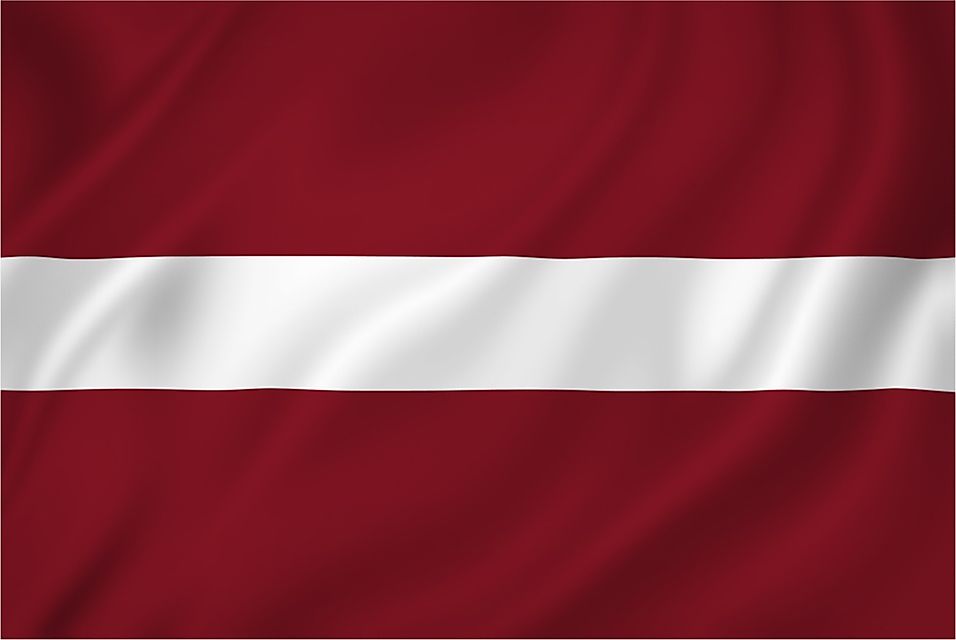What Is The Capital Of Latvia?

Riga is the capital city of Latvia, and the country’s most populous city. Riga is also the biggest city in the Baltic states, which also include Estonia and Lithuania. The city encompasses an area of approximately 307.17 square km. Well known for its Art Nouveau architecture, rich history, and culture, Riga’s historical center is a UNESCO World Heritage Site. It is a major tourism center in the Baltic region. In 2016, the city received 2.3 million tourists.
Where Is the Capital of Latvia Located?
Riga, the capital city of Latvia, encompasses an area of about 119 square miles. It is located at the mouth of the Daugava River, on the Baltic Sea’s southern shores. The city's strategic location between Eastern and Western Europe has historically made it a frequent target of invasion by foreign powers, as well as a major trade center.
How and When Did Riga Become the Capital of Latvia?
The site where Riga is currently located was settled originally by the Finnic tribe of Livonians. The modern city was founded in the latter half of the 12th century, with the arrival of German Christian missionaries, merchants, and military. The first German trade outpost was established in the region in 1158. Over the years, as Riga grew to be one of the major urban centers of the Baltic region, it attracted many global powers with military, political, religious, and economic aspirations. The strategic location of the city on a major trade route connecting Eastern and Western Europe often invited unwanted attention to the city, and it was subjected to numerous invasions over the years. After the end of World War I, the Baltic states were in a position to proclaim their independence. Thus, on November 18, 1918, Riga became the capital city of Latvia, a newly independent country.
However, the independent state of Latvia was not long lasting. The World War II brought great death and destruction to Latvia. The population of the country was reduced to one-third of its size prior to the war. Jews in Riga were mercilessly slaughtered and ghettoes were established in the city to confine the Jewish population. At the end of the war, the country was economically devastated and once more became subject to Russian rule.
During this time, Riga experienced rapid infrastructural developments and industrialization. The demographics of the city also shifted drastically, and became a Russian majority city. In the late 1980s, the Baltic states were once more in a position to attain an independence, and on August 21, 1991, Latvia once more became an independent nation, with Riga as the capital city.
Climate of Riga
Riga has a humid continental climate, with freezing winters and cool, humid summers. The coldest months are January and February. Rains and fogs are frequent in the autumn season.
Demographics of Riga
As of 2016, the population of the city was 639,630. Over the years, the population of the city has steadily decreased, and it is estimated that it will fall by 50% by 2050. Low birth rates and emigration are the major causes for such a decline. Ethnic Latvians and Russians constitute the two major ethnic groups inhabiting the capital city of Latvia. The former accounts for 44.03% and the latter accounts for 37.88% of the population of the city. Belarusians, Ukrainians, Poles, and people of other ethnicities also inhabit Riga. The city does not have a state religion and the people are free to practice the religion of their choice.
Economy of Riga
Riga is a major commercial and industrial center not only in Latvia, but also in the entire Baltic region. The city accounts for over 50% of the country’s GDP. The city and its surrounding areas generate nearly half of all the jobs available in the country. Important industries based in Riga include textiles, woodworking, metalworking, pharmaceuticals, paper, and food processing. The city also has a flourishing service sector and tourism industry. The port in the city is one of the Baltic region’s busiest ports.
How to Reach Riga?
Riga is served by Riga International Airport, which connects the city to international destinations. It is one of the busiest airports in the Baltic region. Sea ferries connect Riga to destinations like Stockholm across the sea. Riga Port is strategically located on the ancient trade route between Europe and Russia, and thus handles heavy cargo traffic. Riga also has an extensive network of roads for intracity commuting. The city is also served by the railways.











